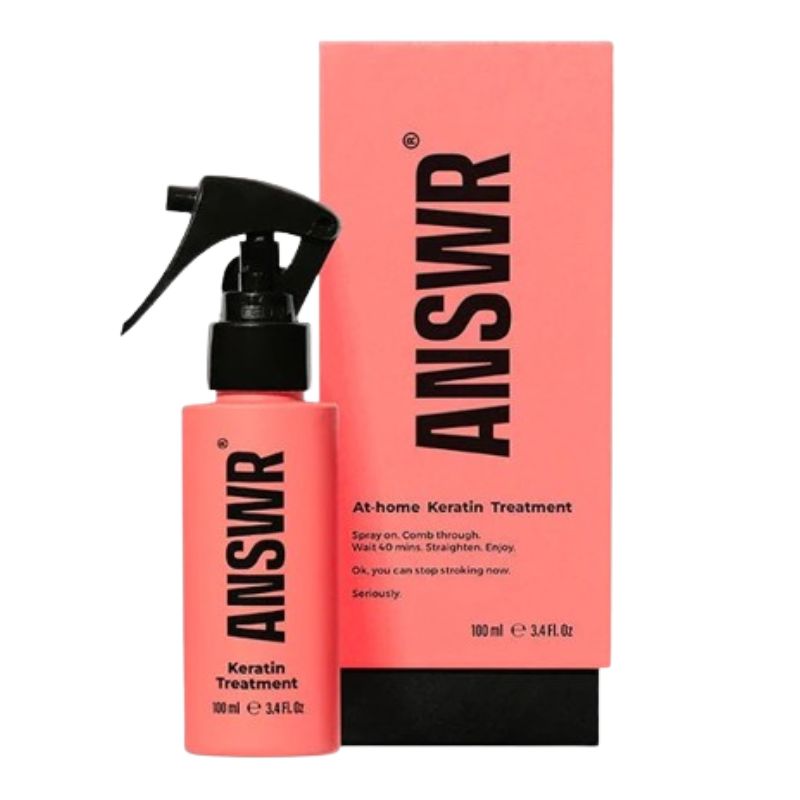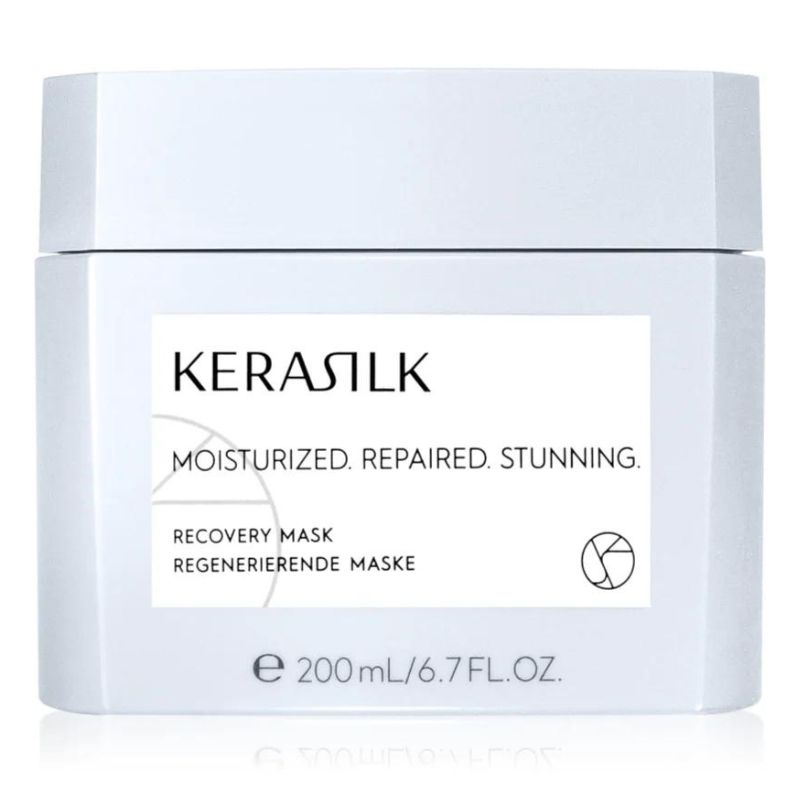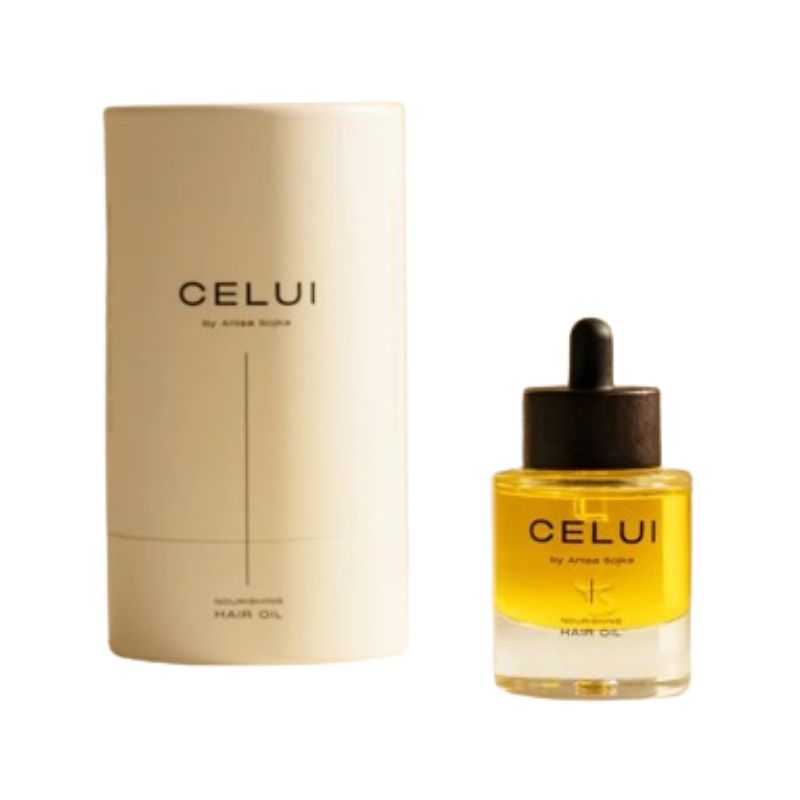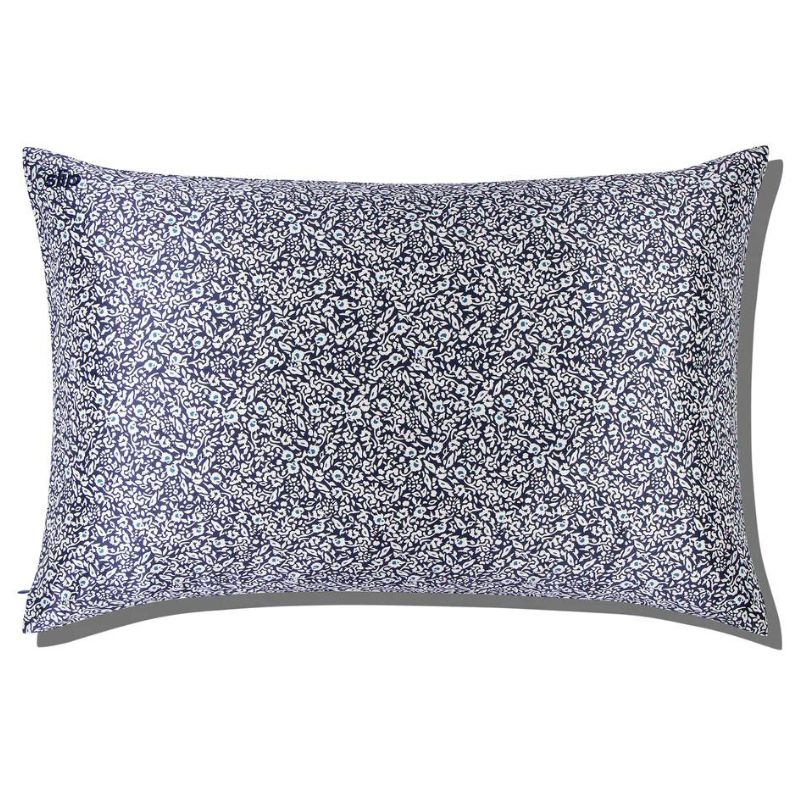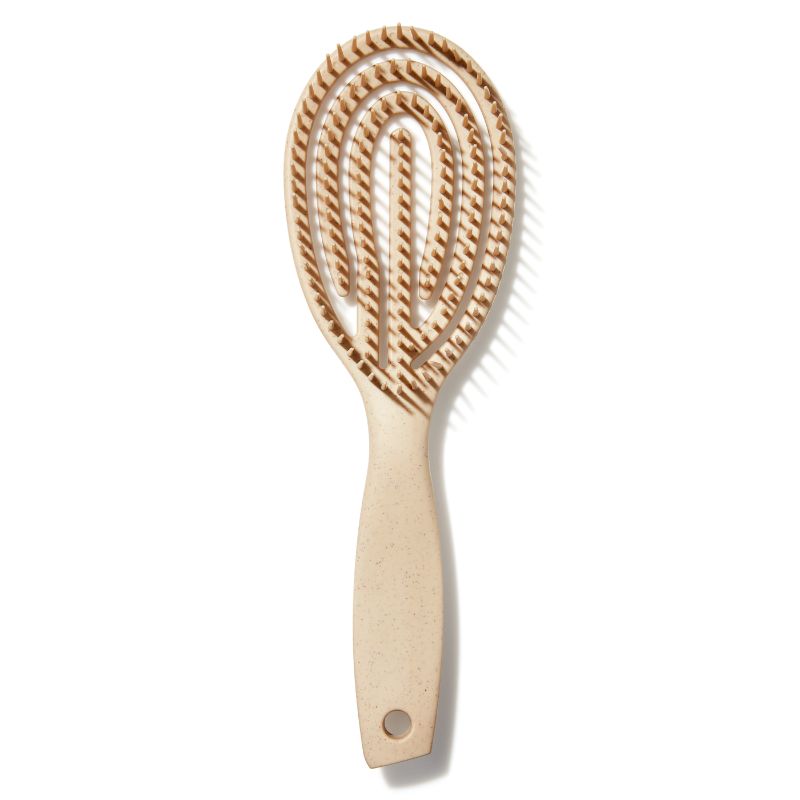15 easy expert tips to getting healthier hair - no matter what condition it's in
From quick fixes to long-term solutions, industry pros share their top tips on how to get healthier hair...

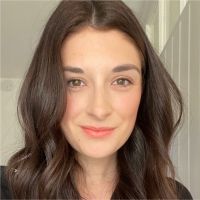
Naomi Jamieson
How to get healthier hair is one of those age-old beauty questions that plagues us all - because really, who doesn't want glossy and ultra-swishy strands? Like achieving clear skin though, the answer isn't always a straightforward one but these expert-approved tips are certainly a good start...
Just like managing to wash a cashmere jumper without shrinking it getting healthy hair requires thought and consideration. There are some quick fixes, but much the quandary of how to get thicker hair, you’re going to see the most dramatic difference if you commit to changes throughout your regime. "Hair health is all about trial and error," says hair artist Charlotte Mensah. "Eventually, you will find a routine that works." How much TLC your hair needs will also depend on your hair type as well as its condition and the treatments it goes through - from bleaching to daily heat styling.
We won't sugar coat it, learning how to get healthier hair is a process, but not one you have to embark upon alone. In fact, we've enlisted the expertise of not one but five haircare pros to guide you...
How to get healthier hair according to hair experts in the know
As mentioned, achieving shiny hair that is strong and flyaway-free isn't always as easy as adding one of the best shampoos for fine hair or a nourishing conditioner to your routine. It takes commitment, consistency and a routine that suits your hair type.
Speaking of hair type, identifying yours or why your hair is perhaps looking and feeling lack-lustre is key. "Fine hair is more prone to damage as it’s naturally weaker than thicker hair and therefore easier to over-process," says Sam Burnett, hair stylist and owner of London’s Hare and Bone salon. "If your hair is simply in need of moisture or has a few split ends, then that can be rectified almost immediately with a good haircut and some professional home care advice." Stock up on the best hair masks, make a salon appointment and you’re good to go.
"However, if your hair has been over-processed to a more severe level then it may take a few months of prescriptive treatments and minimal heat styling, and in some cases, a much shorter hairstyle."
There's a lot to consider but thankfully, we've rounded up everything you'll need - from product recommendations to easy habits to implement - to achieve the strands of your dreams. And in case you're unsure whether your haircare regime needs improving in the first place, Burnett adds: "Signs of healthy hair are hair that is shiny, smooth, easy to blow dry and has minimal split ends." If this doesn't exactly describe the condition of your locks, we've got 15 tips that might just change that but first, let's meet the experts...
Sign up to our free daily email for the latest royal and entertainment news, interesting opinion, expert advice on styling and beauty trends, and no-nonsense guides to the health and wellness questions you want answered.
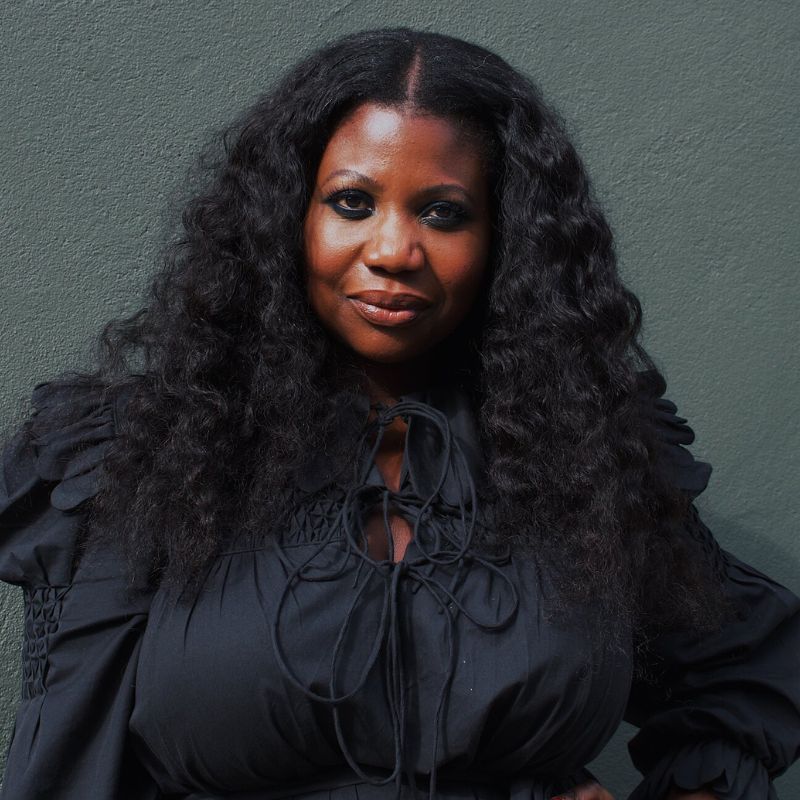
Charlotte is one of the most renowned names in the hair industry. She is the founder of her own brand Manketti by Charlotte Mensah and owner of her own salon, Hair Lounge.
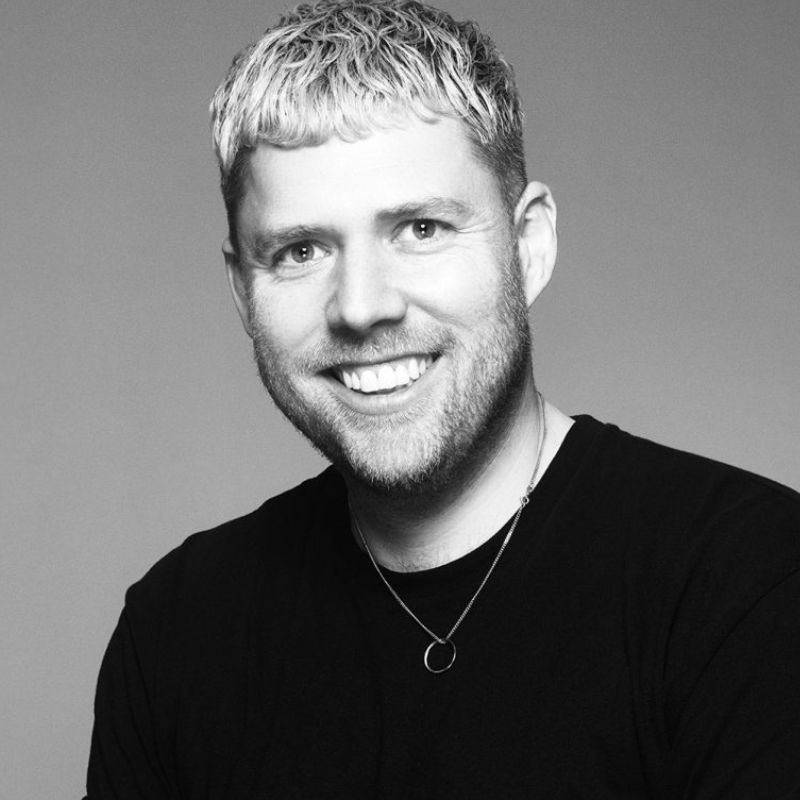
Sam Burnett is a hair stylist that takes a holistic approach to haircare, and is also a qualified Reiki practitioner and energy worker. He is the owner and Creative Director of London-based salon Hare and Bone.
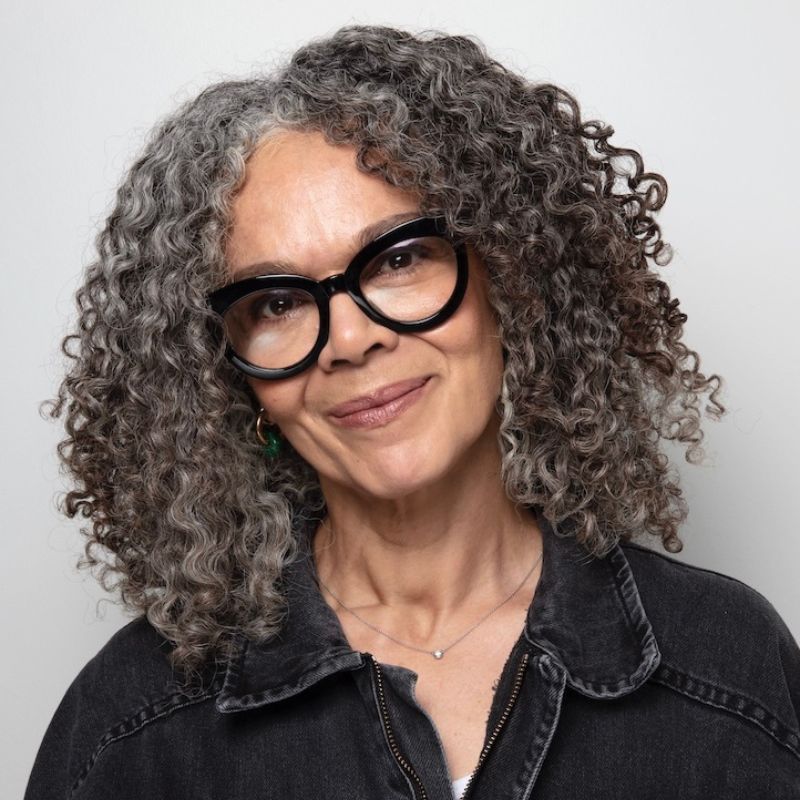
Jennie Roberts is a pro session hairstylist, who is now sharing her knowledge and expertise on afro and textured hair as founder and educator at Jennie Roberts Hair Academy.

A leading voice in hair and scalp health, Eva Proudman is a consultant trichologist and Absolute Collagen ambassador.
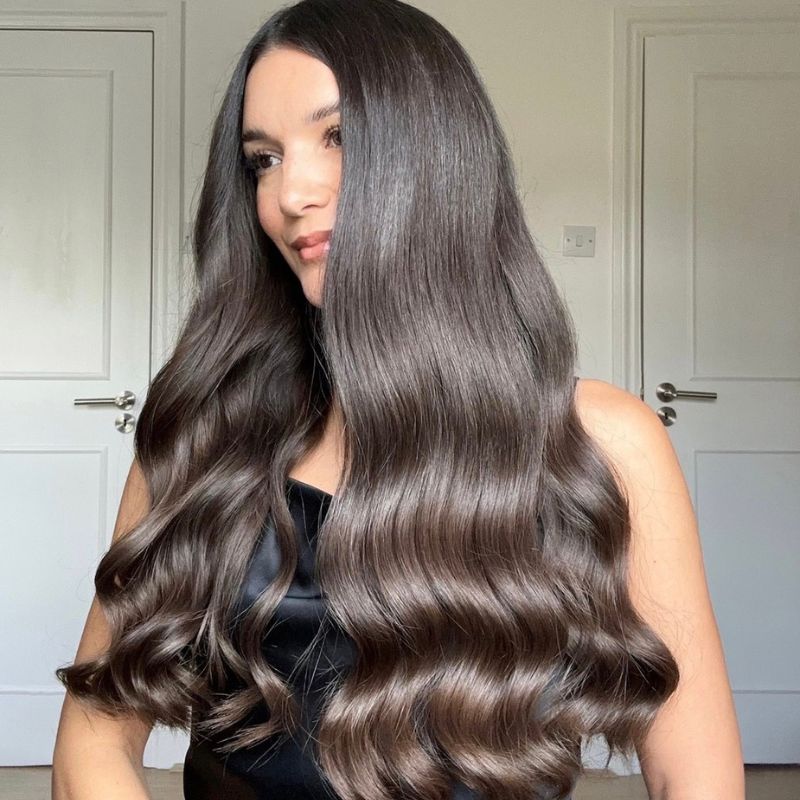
Anisa Sojka is the founder of CELUI, a haircare brand focusing on natural ingredients.
1. Swap to a sulphate-free shampoo
Sulphates are added to products like the best shampoos, best cleansers and toothpastes to give them that satisfying foamy texture that leaves us feeling squeaky clean. The downside of them is that they can strip away more than just the grease and product residue we’re trying to remove, and take some of our hair’s natural oils with them too – leaving our strands dry.
Sulphates can also pull colour particles from the hair, meaning your freshly dyed locks fade far faster than you’d like. "I always recommend using sulphate-free shampoos," says Jennie Roberts, session hairstylist, and founder and educator at Jennie Roberts Hair Academy. A sulphate-free shampoo will still cleanse your hair effectively, but just in a gentler way.
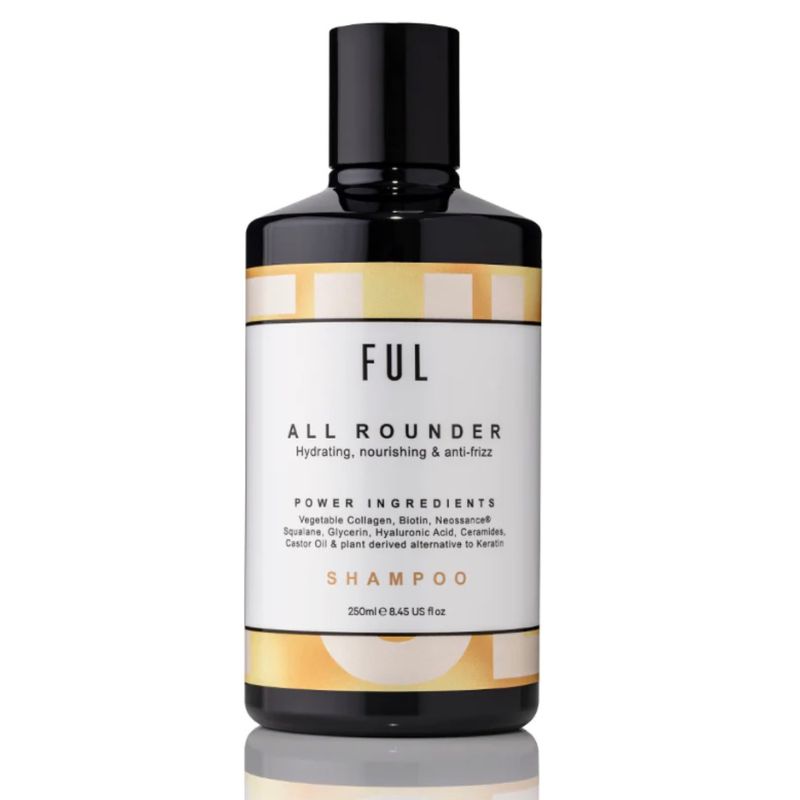
RRP: £24
A sulphate-free shampoo that uses ingredients including hyaluronic acid, glycerin and castor oil to lock moisture into the hair and banish frizz.
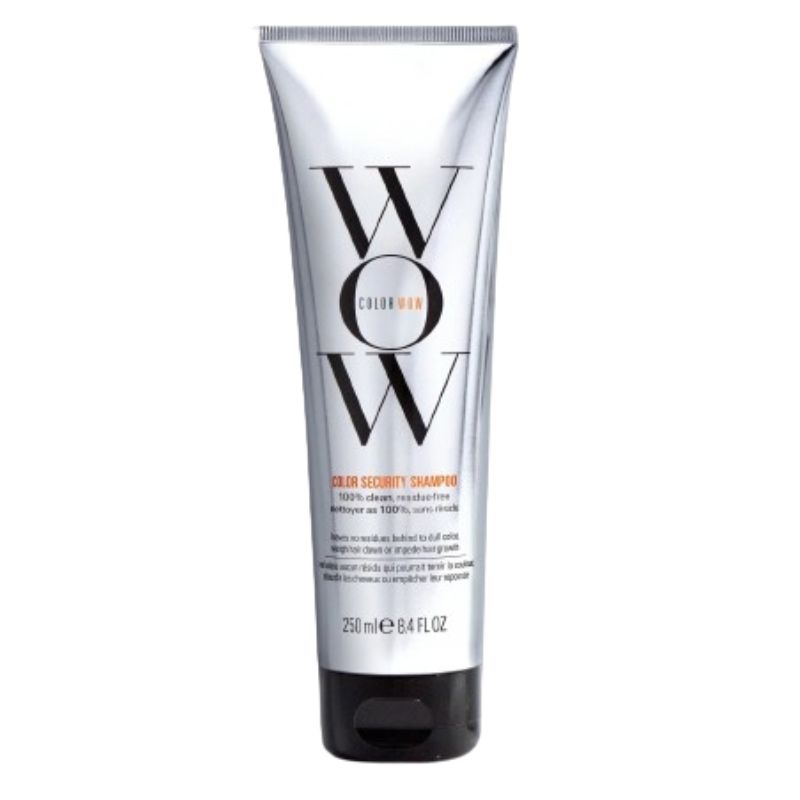
RRP: £21.50
If the lack of lather has put you off sulphate-free shampoos in the past, you'll be pleased to know that this one generates a satisfying amount of foam.
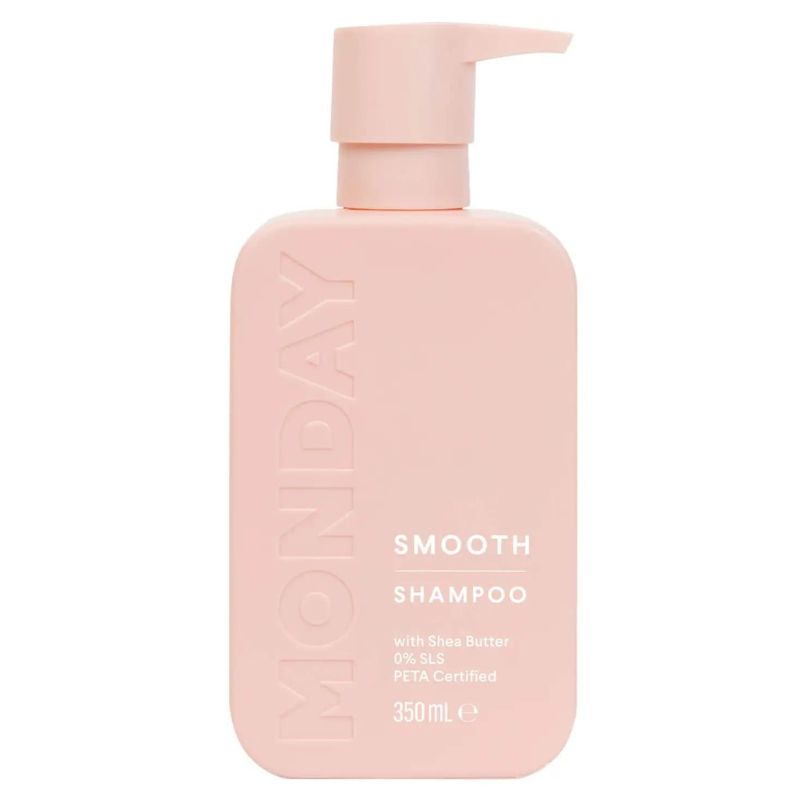
RRP: £5
This feels like a premium shampoo at a budget price and is nice and gentle on the hair. The bottles are huge too, and last for ages.
2. Use heat protection
Reaching for your best hairdryer, best hair straighteners or best curling irons? Priming your hair with one of the best heat protection sprays is your non-negotiable first step. "If you’re using heat then heat protection is a must," explains Roberts.
"Once the hair is damaged with heat, the only way to get rid of it is to cut it off." So, unless you want to end up in a situation where you’re getting a bob haircut out of necessity rather than choice, we’d recommend stocking up on a bottle of the good stuff and spritzing liberally before styling.
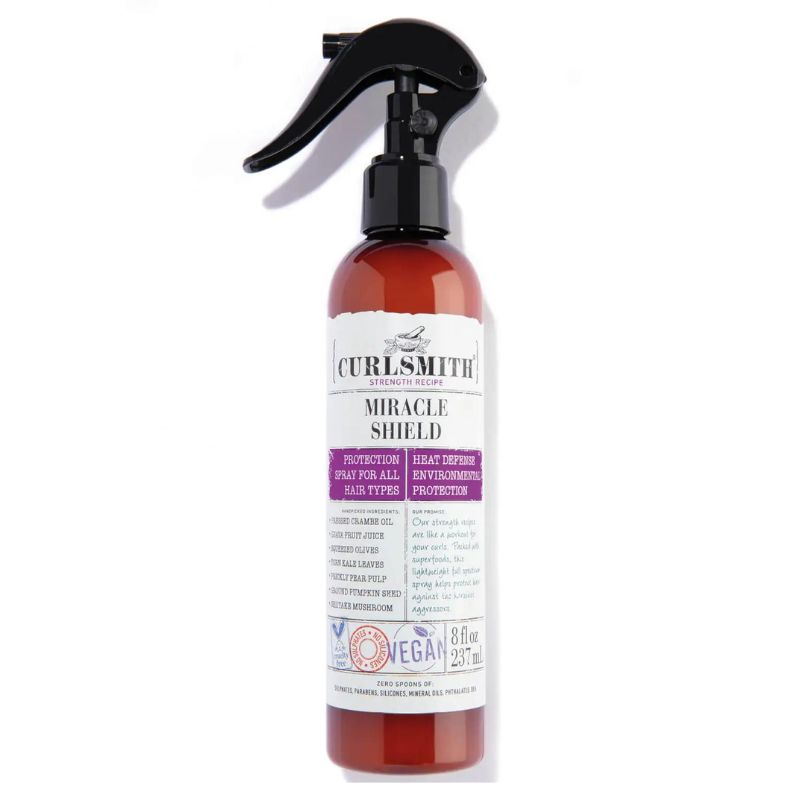
RRP: £24
It might be aimed at curly hair, but all hair types can benefit from this hardworking heat protector. "This is a really great," says Roberts.

RRP: £26
A nourishing heat protect with a dry mist texture, it'll shield your strands without making them annoyingly and unnecessarily greasy between washes.

RRP: £27
If you have naturally dry hair, you'll love the blend of oily goodness in this protective primer, with grape seed, macadamia and sweet almond oils all within the formula.
3. Avoid tight styles
The so-called 'Croydon Facelift' might have some benefits when it comes to making your skin appear taunter and your features lifted, but it won’t do your hair any favours. "Skip hairstyles that pull, such as tight ponytails and tight braids," says Mensah. This advice is even more important if you have afro hair, as many protective styles can lead to breakage and hair loss over time. "Avoid braiding too tightly," adds Roberts.
"Edges are lost to excessive braiding and harsh products, so try to avoid harsh waxes and excessive pulling of the strands. It’s good to give your hair a break if you wear it in protective styles. Traction alopecia is a big problem, but can be reversed if caught early and the bad practices stop." Alternative options include wearing your hair in its natural pattern or opting for gentler protective hairstyles like a fishtail braid that doesn't start too close to the scalp.
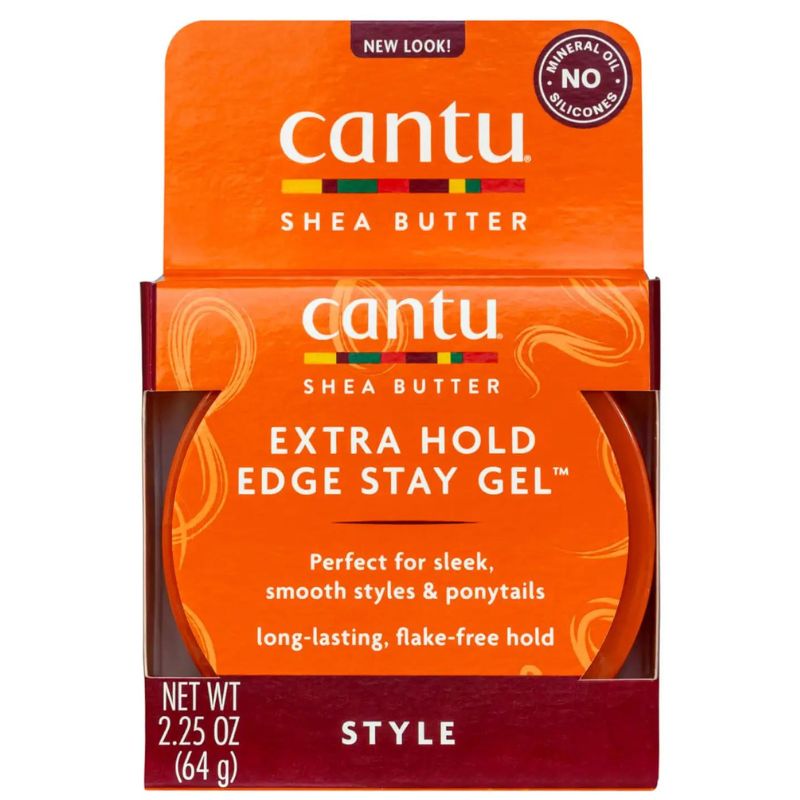
RRP: £7
A great way to create a sleek, smooth style without putting extra tension on the hair or breaking the bank.
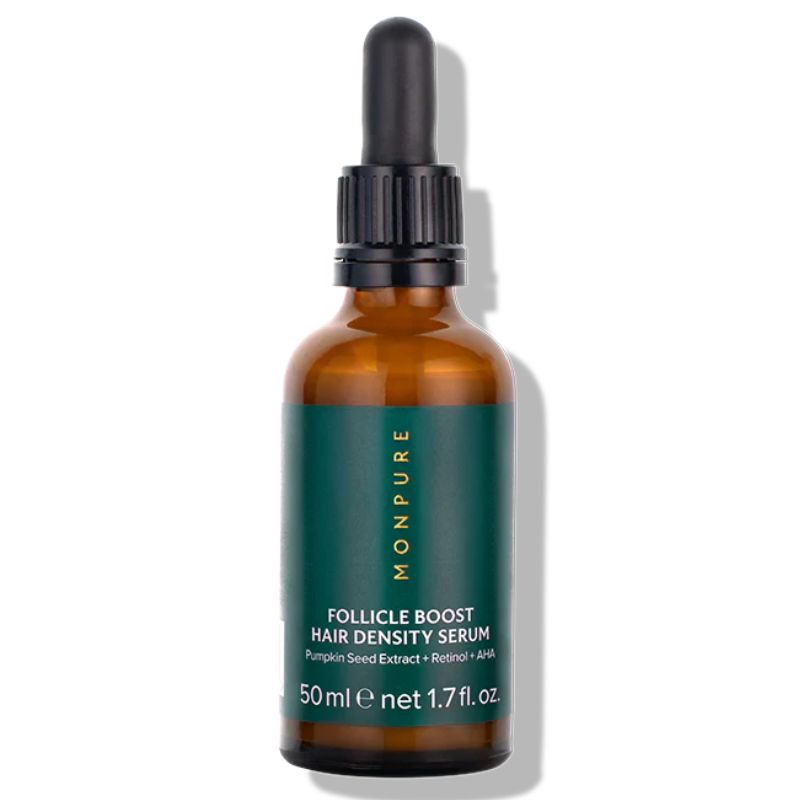
RRP: £83
If you are unfortunately experiencing hair thinning from over styling, this is good product for helping to encourage new growth and keep existing strands as happy and healthy as possible.
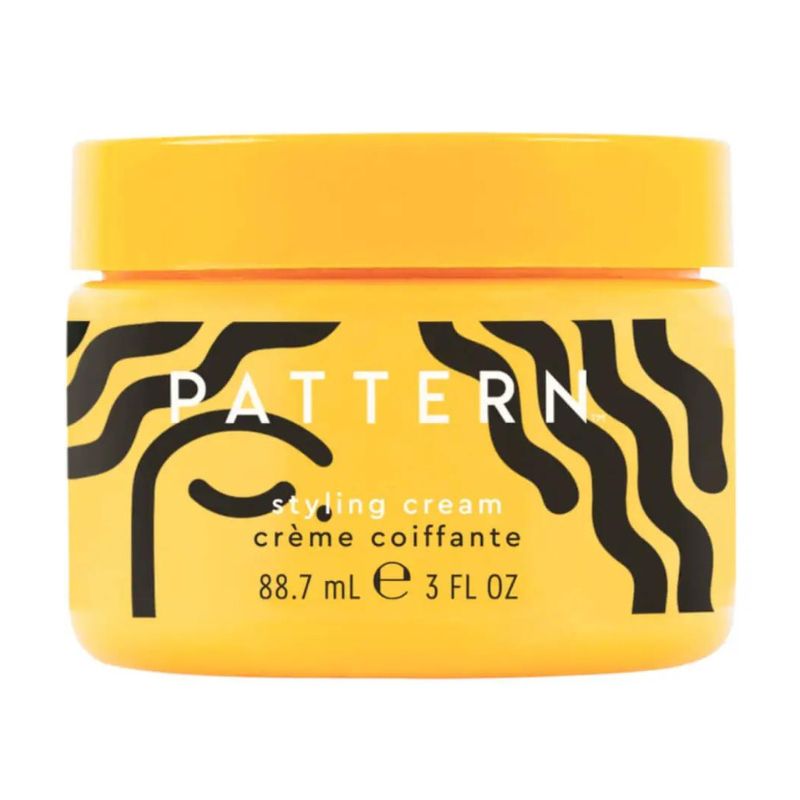
RRP: £25
A multi-purpose styling cream designed especially for curly hair, apply to wet strands for a moisture boost and dry ones for impressive hold.
4. Try a keratin treatment
If the idea of leaving your hair to dry naturally feels laughable, and you count a pair of straighteners as your desert island item, then it might be worth considering a more long-term plan of action. Keratin treatments, like a Brazillian blow-dry and hair botox, are in-salon smoothing solutions that will make you less reliant on your tools and more likely to wash and go – reducing the amount of heat used on your hair in the process.
"There are a range of keratin treatments available for the hair, from masks that last up to six weeks to blow-dry treatments that can last for between three and five months," explains Burnett. "My personal favourite is Kerasilk. It fills the gaps left behind by depleted keratin and locks more of this protein in the hair for up to five months.
It also smooths the cuticles, creating an anti-humidity seal to lock out moisture. This keeps the hair smooth and easier to manage, reducing the time and heat required when you blow-dry. Your blow-dries will also last longer, reducing the frequency needed to style, or even whether you feel the need to blow dry at all." Prices will vary from salon to salon, but Kerasilk’s Keratin Treatment costs around £150 and is available nationwide.
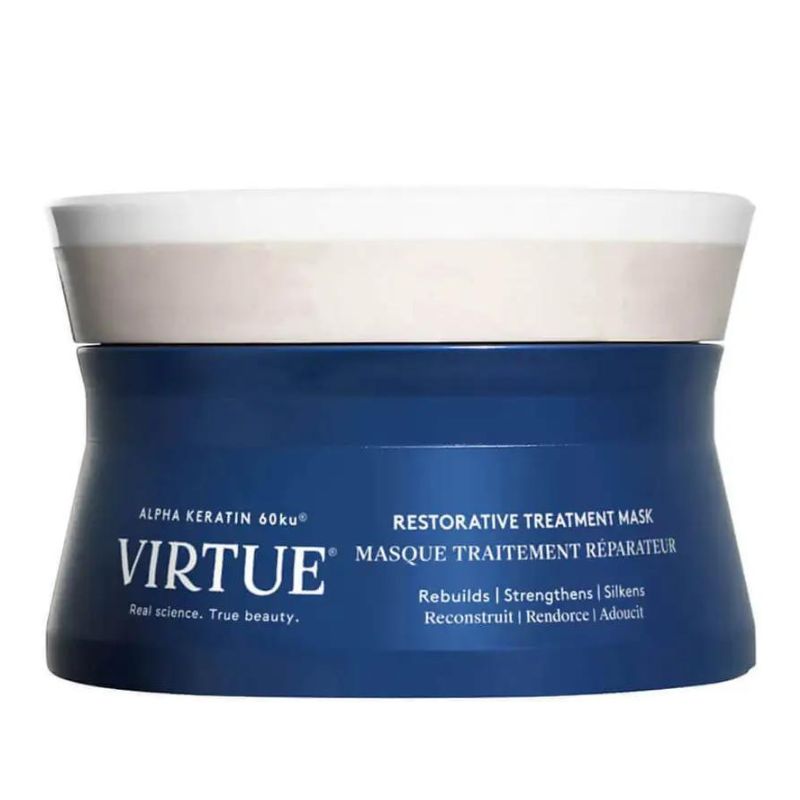
RRP: £67
If your hair is feeling dry and generally unhappy, this is the secret to bringing back silky softness in just a few minutes. It's expensive, but a little goes a long way.
5. Go for regular trims
When we get a split end, or snap a piece of hair, that damage isn’t confined to the exact breakage point. Instead, it splinters up the strand like a ladder in a pair of tights, and the only real way to stop it is to cut the hair above the very top of the breakage.
It makes sense then that the more regularly we maintain our hair with a trim, nipping those split ends in the bud, the less likely we are to require a big chop. "To maintain hair health and a good shape, ends should be trimmed every eight to 12 weeks," says Roberts. This goes for all hair types, even curly and coily hair that may not use heat very often.
6. Eat a balanced diet
Instead of focusing on serums and shampoos, how to get healthier hair actually starts from the inside. The problem though, is that it needs a lot to maintain it, but because our body considers hair as non-essential (compared to very important things like our heart and lungs) it’s right at the back of the queue for vitamins and minerals. "Hair will reflect poor diet very quickly in dullness, poor growth and excessive shedding," explains Eva Proudman, trichologist at Absolute Collagen.
"Plant-based diets in particular don’t tend to include vitamin B12, which the hair uses for cell regeneration and renewal. If you follow this diet, make sure you take a vitamin B complex supplement to ensure you get your daily dose of this very important vitamin. Most of us are also low or deficient in vitamin D, and hair uses this to stay in the growing phase and for hair regeneration." Taking supplements will ensure your hair has everything it needs.
7. Think about humidity
How to get healthier hair can depend on the time of year. "Indoor heating can lead to dryer hair as moisture is stripped from the air," says the founder of haircare brand CELUI, Anisa Sojka.
It might be the reason why you’re noticing that your hair feels thirstier, and more brittle when the weather gets colder. "I recommend getting a humidifier for your home, as these will help to rehydrate the air," Sokja adds.
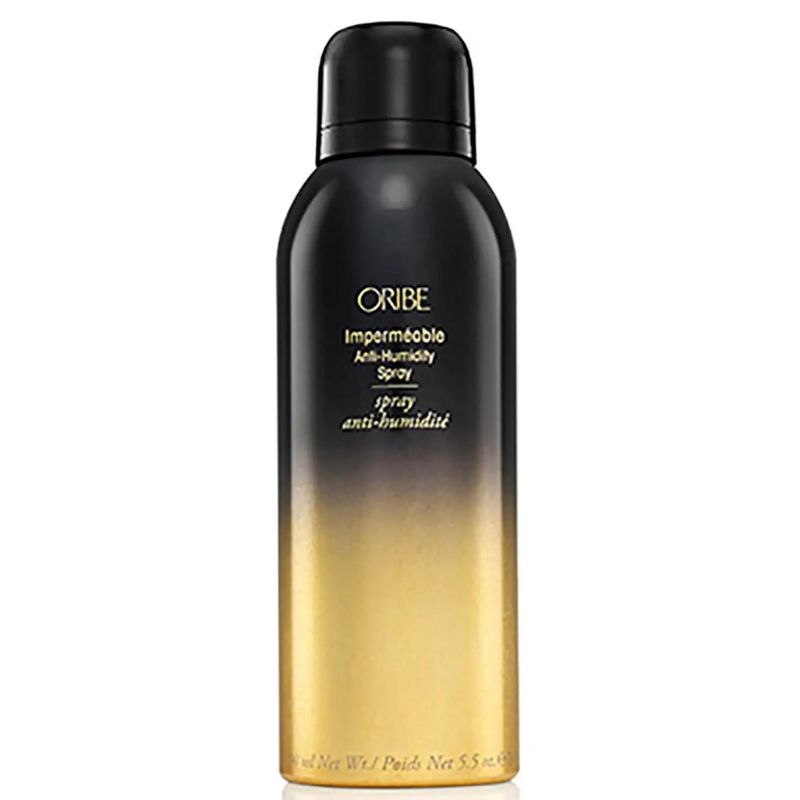
RRP: £45
If the effects of humidity are a bugbear for you, try misting this over your finished style. It's essentially a liquid umbrella, protecting hair from frizz.

RRP: £31
A game-changer for thick, coarse hair beholden to the threat of frizz, this makes styling a much easier process and keeps hair perfectly polishes between washes.
8. Protect hair overnight
We rarely wake up in the same position we fell asleep in, and this tossing and turning during the night can cause our hair to frizz and snag as it rubs against our pillow. "Try using a satin or silk pillowcase or bonnet to reduce friction," suggests Roberts.
"Curly and coily hair in particular needs protection from friction, so wearing a bonnet will eliminate this and protect your texture." It’s also not a good idea to go to bed with wet hair. Our hair is at its most fragile when it’s packed full of water, making it more prone to breaking.

RRP: £50
Another way to protect your hair while you snooze, or even from absorbing cooking smells, this hair wrap is 100% silk and 100% luxury.
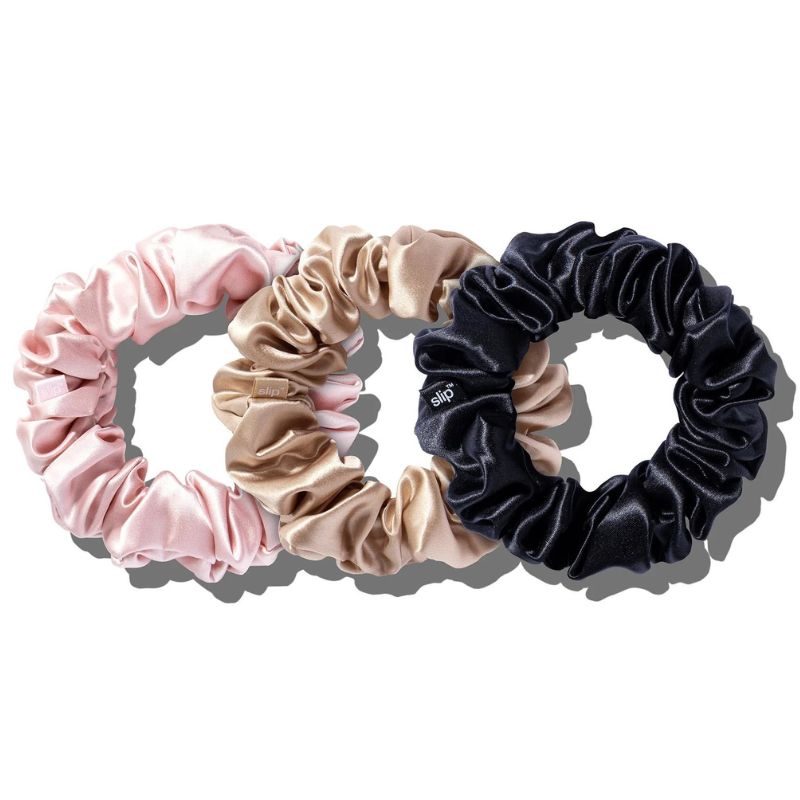
RRP: £39 for three
A gentle way to secure your hair without snagging or denting, swap harsh narrow bands for these beauties.
9. Massage your scalp
How to get healthier hair begins with a healthy scalp. If you think of it in the context of a flowerbed, your plants are only going to be able to thrive if they have nice, hydrated, healthy soil to grow in. The same goes for your scalp. If you’re not giving it a good scrub when you shampoo, then things like old skin cells, grease and product build-up are all going to outstay their welcome and potentially block your hair follicles.
The process of massaging in shampoo or a scalp scrub will not only help to send these packing but also improve the all-round health of the area. "Take a few minutes each day to massage your scalp," suggests Mensah. "This simple practice stimulates the secretion of sebaceous oils and stimulates blood circulation." It’ll also send more oxygen to your scalp, giving the area everything it needs for healthy hair to grow.
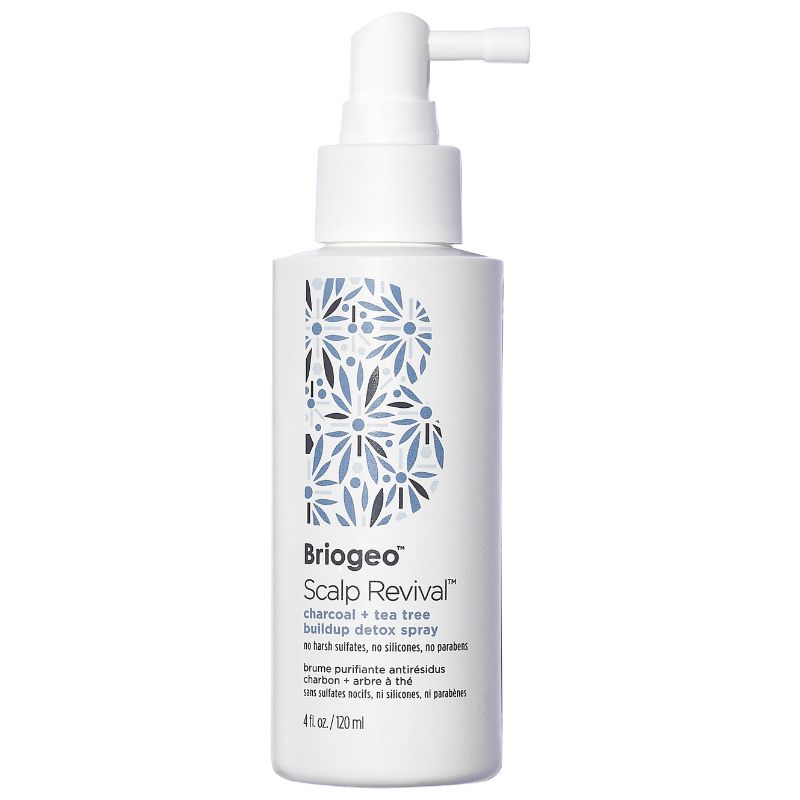
RRP: £23
One to massage into your scalp before washing, it uses alpha, beta and poly-hydroxy acids to unclog congestion for a happier, fresher, flake-free scalp.
10. Wash more – or less
How regularly you should be shampooing when learning how to get healthier hair will depend on your hair type. "Washing your hair less is better for those with thicker, curly or afro and coily types," says Mensah.
"The hair trends to be drier and can go longer without being washed – just once a week is fine. The natural oils in the hair can enhance the texture and give it a boost of shine and moisture." From a hairdresser’s stance, you would only need to wash your hair more regularly if you find your hair is becoming greasy, but trichologists (who are extra passionate about our scalp health) tend to recommend frequent shampoos.
"For the majority of people, we advise washing every day or every other day," advises Proudman. "The reason for frequent washing is that the scalp, which is the growing medium for the hair, needs to be maintained and nourished. We have 180,000 sebaceous glands on our scalp, the most of anywhere on our body, and therefore need frequent washing to keep it balanced and at the correct pH for healthy hair growth."
11. Take care when brushing
If you’re prone to being a bit overzealous with brushing, try and change your mindset, treating your hair like an expensive silk dress rather than an easy-going cotton t-shirt.
"When hair is wet, it’s at its most fragile," says Proudman, so now is not the time to start tearing it at with a dense bristled brush or fine-toothed comb. "Always use a wide-tooth comb on wet hair to minimise breakage and damage," she advises. How you detangle hair, whether it’s wet or dry, matters too.
"Detangle your hair from the bottom up," advises Mensah. "Starting at the bottom allows you to gently detangle each knot, rather than yanking your way through with your comb or brush." If you’re concerned that your tools might be causing breakage, consider investing in a gentler brush with softer, more spaced-out bristles.

RRP: £11.99
The brush we come back to time and time again, the wide-spaced, flexible bristles mean it's super gentle and works brilliantly on both wet and dry hair.
12. Don’t use too many protein treatments
It’s true what they say, and in the case of keratin (the protein our hair is made from) you can have too much of a good thing. The key to how to get healthier hair, it turns out, is not by adding as much as possible to your routine.
"Keratin is a protein used in hair care products alongside other proteins such as wheat, soy or rice, and are generally used to add strength and volume to your hair," says Proudman. "These proteins can build up on the cuticle of your hair and if used too often, can cause it to feel lifeless.
If you’re using protein-based hair care products and find your hair becoming dull, limp or developing split ends then it may be that you have a protein overload. A clarifying shampoo can be a first step in starting to remove the build-up, as can a good trim to remove split ends." Instead of using once a week, try to limit the use of protein-based masks to once a month.

RRP: £39
A great clarifying shampoo for properly removing any excess gunk and keratin overload from your strands.

RRP: £38
When you are ready to use a protein treatment on the hair, you'd be hard-pressed to find better than this. The iconic pre-shampoo treatment gives brittle hair its stretch and spring back.
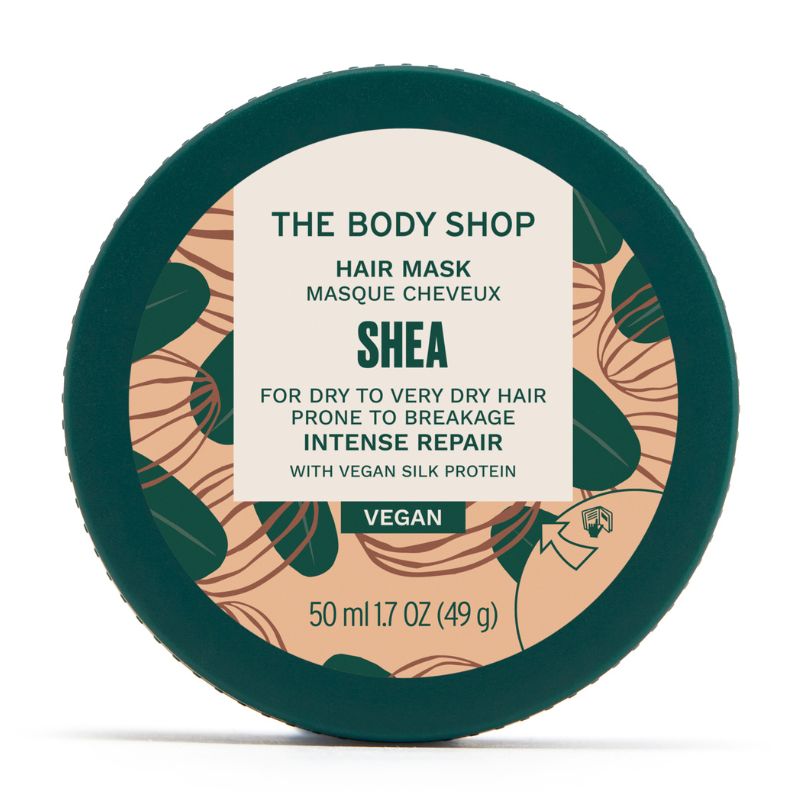
RRP: £18
Another protein-based treat, this time from The Body Shop. It's deliciously scented and leaves even the most straw-like of strands feeling like silk.
13. Try to manage stress
It’s probably the last thing you want to hear when you’re feeling frazzled, but according to Proudman, "the hair can really suffer when we’re stressed in terms of quality and quantity."
The science is that when we’re stressed, our body goes into fight-or-flight mode and produces a hormone called cortisol. When cortisol spikes, our body sends extra reserves of things like blood and oxygen to our internal organs, leaving precious little behind for our skin, nails and hair. It’s impossible to completely erase stress from our lives, but it is possible in the quest of how to get healthier hair to be more mindful about carving out space to relax and unwind.
"Exercise can be helpful with this, as can finding a pastime where you lose yourself and don’t have your head spinning while you’re doing it," adds Proudman. From personal experience, we have found that any exercise that separates you from your device is best. Swimming is an obvious choice, but classes where you’re encouraged to leave your phone in your locker will work too.
14. Get plenty of sleep
We’re not always super receptive to health-based advice, especially when it involves things like eating more vegetables and exercising more regularly. But, if the experts are saying we need to be spending more time snoozing (for health reasons, of course) then we’re more than happy to listen.
"We regenerate our cells when we sleep," explains Proudman. "So poor sleep, or a sustained lack of sleep will reflect in the health of our hair with signs such as excessive shedding, thinning, and a dull, lifeless appearance."
Of course, we know it’s not always as simple as going to bed early or lying in a little, as things like busy schedules, stress and insomnia can all disrupt our ability to nod off in the first place or stay asleep through the night. If you are struggling, try things like not getting into bed until you’re tired (this means less time tossing and turning), leaving the bedroom if you wake up (instead of counting sheep) and making your bed a screen-free zone.
15. Don’t be your own hairdresser
How to get healthier hair? Not by taking hairdressing into your own hands. Some things, like changing a tyre or rewiring a plug socket, you can do yourself with a little help from YouTube tutorials but are still probably best left to the professionals. The same goes for taking a DIY approach to hairdressing.
"If you are going to style your hair at home, follow the instructions to the letter on any colour products," advises Proudman. "For cutting, sharp scissors are a must as blunt scissors or razors can cause damage that leads to split ends." Going rogue is bad news for the health of your hair, plus poses a high risk of ending up with a messy bathroom (trust us, hair dye does not come off of white grouting without a fight) or a wonky fringe. Making an appointment with your hairdresser is always the safest bet.
FAQ
What does unhealthy hair look like?
"Key signs of unhealthy hair include the hair being brittle, lacking in lustre or shine, lots of hair shedding when brushing or combing and hair feeling drier than normal," says Mensah. "Afro, coily and curly hair types are naturally drier, so unfortunately without extra care are more prone to heat damage, shedding and being overly frizzy – which can cause breakage."
What causes poor hair quality?
Poor hair quality can be down to a roll call of reasons, according to Proudman. They include:
Thermal or heat damage: "Too much direct heat onto the hair can cause breakage. Heated tools should be set to no more than 180 degrees to avoid burning or damaging the hair."
Chemical damage: "Chemicals such as colours, perms or straightening systems can cause damage such as breakage if not applied and used correctly, or used on hair that is already weak and fragile."
Using the wrong products: "Using poorly developed products that are harsh on the hair and scalp can cause breakage, dehydration and dull hair."
Not being gentle on wet hair: "Brushing the hair when wet can stretch and break the hair, always use a wide tooth comb on wet hair."
Tight hairstyles: "Traction can damage the hair with breakage or even permanent loss, wearing your hair in a very tight style can be a source of traction alopecia, as can poorly applied hair extensions, weaves and hair integrations. Hair loss can become permanent if the traction is continued when the hair damage starts to appear."
Hopefully, we've left you with plenty of ideas of how to get healthier hair, so shinier, glossier and all-round swishable hair is very much in your future.
Jess Beech is an experienced fashion and beauty editor, with more than eight years experience in the publishing industry. She has written for woman&home, GoodtoKnow, Now, Woman, Woman’s Weekly, Woman’s Own and Chat, and is a former Deputy Fashion & Beauty Editor at Future PLC. A beauty obsessive, Jess has tried everything from cryotherapy to chemical peels (minus the Samantha in Sex and The City-worthy redness) and interviewed experts including Jo Malone and Trinny Woodall.
- Naomi JamiesonDigital Beauty Writer
